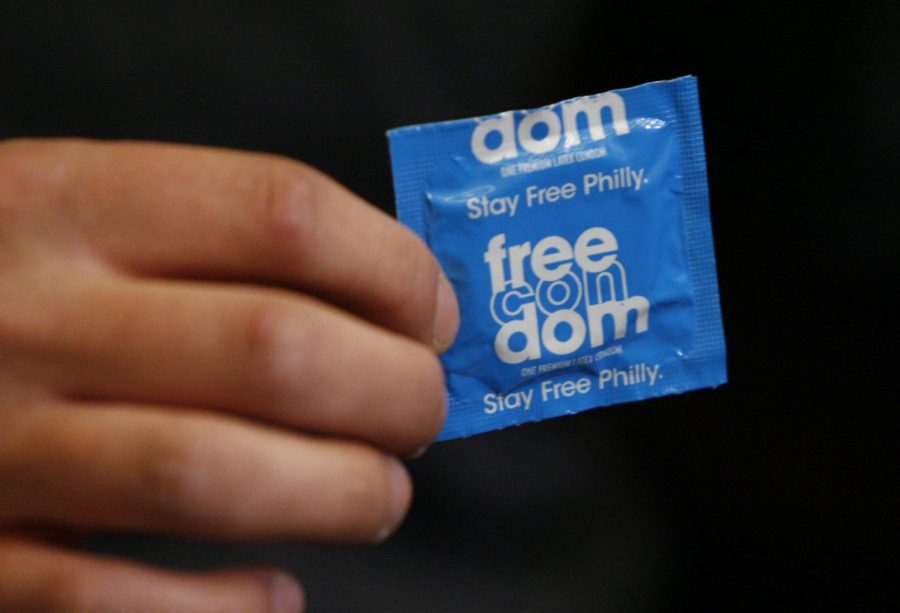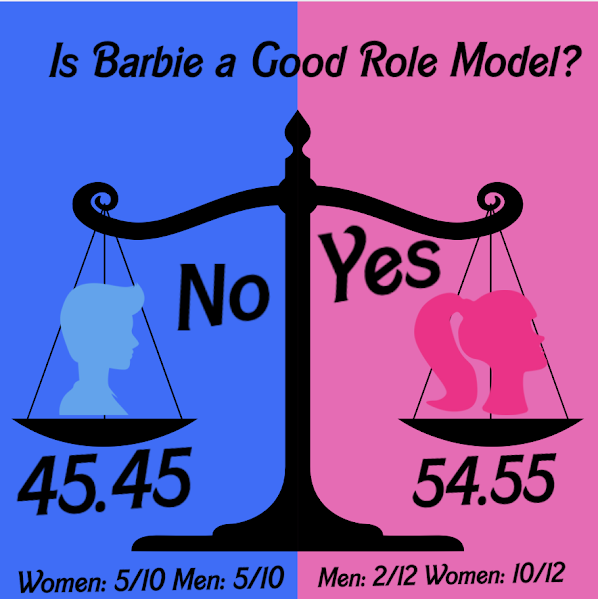High Schools Should Distribute Condoms
Every day thousands of teenagers are putting themselves at risk for pregnancies and sexually transmitted diseases. Schools should provide teens with condoms, without question, to greatly decrease these risks.
Some people may argue that condom distribution is a misguided solution, believing that it condones sexual activity, but that is a misconception. Teenagers are capable of making good decisions, they just need to be better informed and prepared.
Providing condoms in high school would prevent STDs and unwanted pregnancy, of which teens are greatly at risk. Condom distribution could also be implemented alongside other health education programs.
In a recent study by the Guttmacher Institute, researchers concluded: “Of the 431 schools that we determined to have condom availability programs, nearly all offered condoms as part of a more comprehensive program, with program components such as counseling, sex education or HIV education, or other educational activities.”
Sure, teenagers could go to the store and buy the condoms themselves, but that brings up more issues. Some teens do not have the money or a way to get to the store. Many teens are also too embarrassed to go in public to buy the condoms and decide to accept these risk factors and have sex anyway, without a condom.
Free condom distribution within a broader range of health services would serve to encourage teens to learn about other sexual health issues within a safe environment.
If teens are educated well enough on all possible options, they are capable of making good decisions.
People who are against the idea of allowing teenagers to have full and free access to prophylactics claim condom distribution is “morally unacceptable,” but they need to realize that some teens don’t care if sex is morally just and they are going to engage in sexual activity, whether or not they can get condoms.
If free access to condoms was instituted, teens most likely would choose to use one, rather than not. According to the article “Family Planning Perspectives” (1998), a program that allowed availability to condoms was successfully enforced in a Los Angeles County High School and showed that free condoms do decrease unprotected sex.
This program concluded that it did not produce an increase in sexual activity, but appeared to have led to increased condom use among males. If such a program were implemented in every high school in the United States, many lives would be saved, not only from unplanned pregnancy, but from deadly diseases such as HIV/AIDS.
This is a growing problem that is resulting in teenage mothers and deadly, incurable diseases. Schools need to stop trying to hide this issue and make the decision to at least provide some means of protection.
Naysayers need to stop worrying about if condom distribution in schools is morally right or whether it sends wrong messages, because it is a proven fact that condoms drastically decrease pregnancies and STDs if they are properly used, and students will have sex whether they have access to condoms or not. Thus high schools and the communities surrounding them need to support, not shun, condom distribution.






